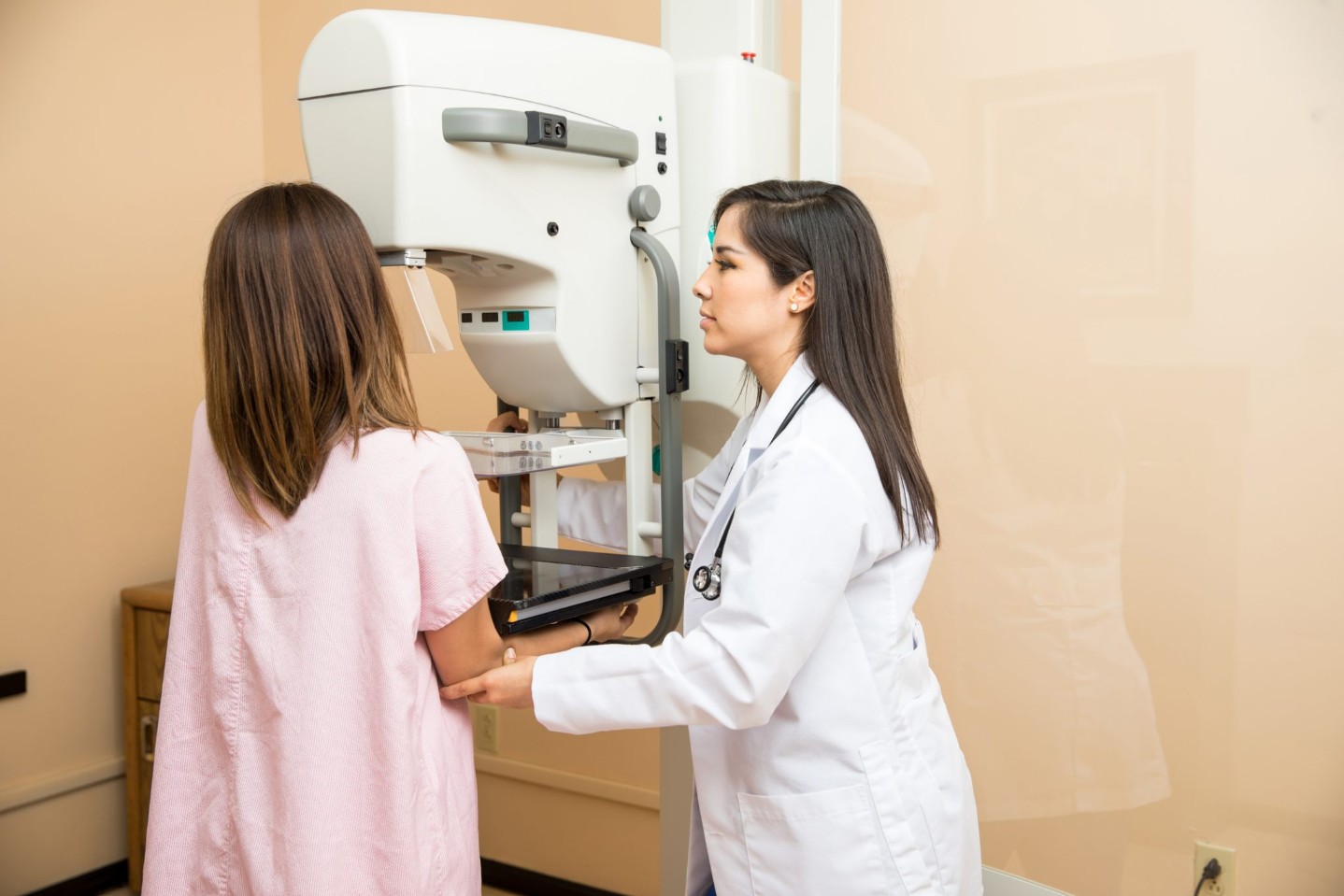Strength Training: Why it is Important for Moms
NOV 05, 2025Progressive overload means consistently challenging your muscles to do a little bit more than they're used to.
Read More
How dense are your breasts? It’s not something women think about until it’s time to screen for breast cancer. About 40 percent of women have dense breasts. What does it matter? Here’s what you need to know.
Your breasts are made up of a mix of fibrous, glandular and fatty tissue. Dense breasts have a more fibrous or glandular tissue and less fat. This is not something you control with your diet. There is a genetic component as breast density is often inherited.
Breast density doesn’t have anything to do with how your breasts look or feel. The radiologist who reads your mammogram can determine your breast density, which falls into the four categories:
One in 10 women have extremely dense breasts. On the other end of the spectrum, one in 10 women have entirely fatty breasts. The middle 80 percent fall somewhere in between with either scattered areas of fibroglandular density or heterogeneously (evenly) dense breasts. An estimated one in two women have what’s considered to be dense breasts.
Dense tissue appears white on a mammogram. Lumps - benign and cancerous – also appear white. That means mammograms can be less accurate in women with dense breasts because it’s more difficult to spot cancers. As a result, having dense breast tissue may increase your risk of getting breast cancer.
Mammograms detect many cancers, even if you have dense breast tissue. So make sure you get your recommended mammogram. You should also talk to your doctor about whether you should have any additional screening exams. A newer technology called the Automated Breast Ultrasound (ABUS) finds up to 30% more cancers in dense breast tissue. What screenings you need is a decision you can make with your doctor weighing the pros and cons:
As always, knowledge is power. To raise awareness of the impact of breast density on cancer detection, the majority of states in the US, including Nebraska and Iowa, have enacted legislation called the Dense Breast Disclosure Law to ensure the reporting of breast density to all women. When it’s time for breast cancer screening, know your breast density and discuss appropriate steps with your healthcare provider.
Take our Breast Health HRA (Health Risk Assessment) to find out your risk level.
Originallly posted September 2022. Reviewed October 2024

Progressive overload means consistently challenging your muscles to do a little bit more than they're used to.
Read More
Radon is the number one cause of lung cancer in non-smokers and the second leading cause overall, right behind smoking.
Read More
A Nurse Practitioner answers your essential mammogram questions. Understand timing, prep, the procedure, callbacks, and financial options.
Read MoreWhen you need local health information from a trusted source, turn to the CHI Health Better You eNewsletter.